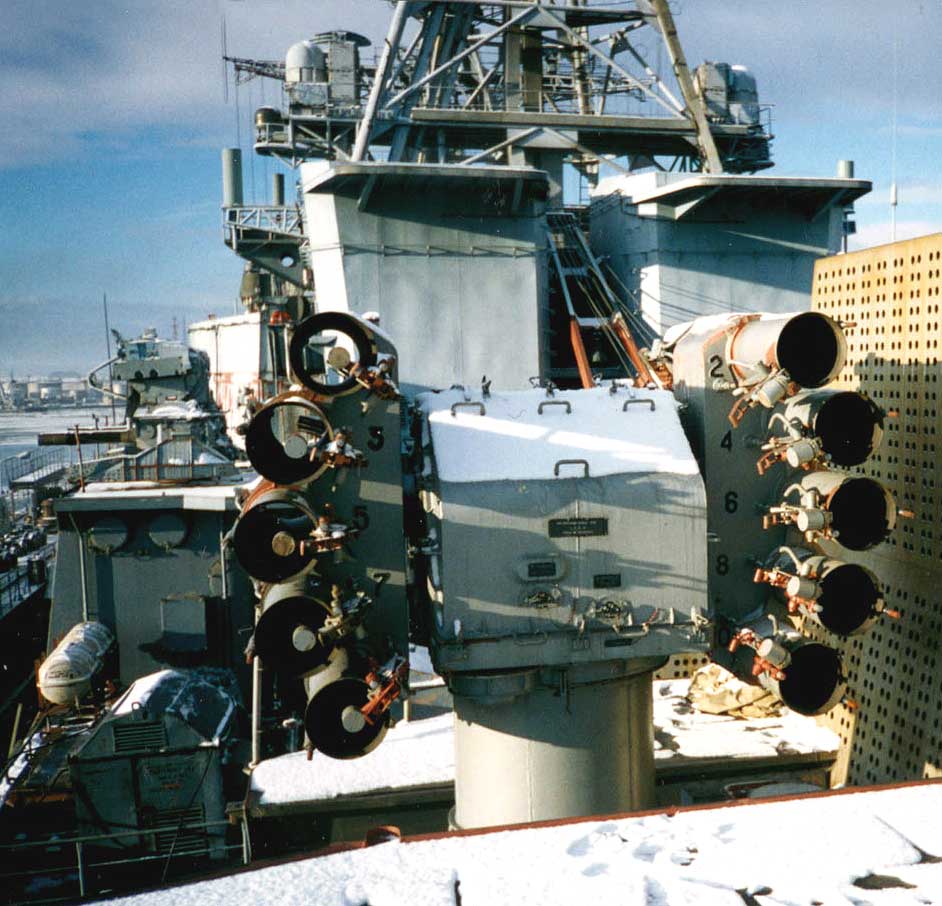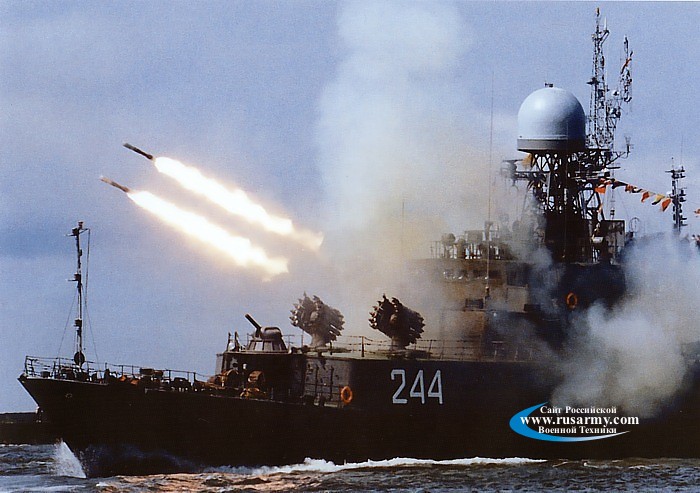not if the torpedoes are wake homers.
The wake of the ship does not disappear. If they use it for guidance instead of sonar, they don't have the same trouble.
If I understand the principle of wake homing correctly, then it relies on an optical sensor to look straight up from the torpedo to the ocean surface to detect how much the water directly over the torpedo has been churned up. Once the torpedo detected that it has passes under water churned up by the ship's wake and then passed out the other side, it starts to make large S turns in a preprogramed pattern to try to find the next patch of the water that has been churned up by the same wake. It keeps doing this to weave from side to side under the long strip of churned water that is the ship's wake, until it eventually come under the ship, when presumable it would be detonated either by detecting the ship's shadow, or by sensing the ship magnetically, accoustically, or by pressure wave.
So, that means wake homers are not nearly as formidable or unshakeable as might be imagined.
1. The torpedo is not homing straight at the current location of the ship. Instead it is weaving from side to side in a S pattern under the wake. So it is pursuing an inefficient trajectory, and the closing speed of torpedo upon target is likely significantly less than the difference between the raw speed of the torpedo and the target, making the work and tracking the torpedo easier.
2. Once the wake track is acquired the torpedo possibly has only 50/50 chance of tracking the wake the right way and run towards the ship rather than away from it. If it starts tracking the wrong way, it is unclear how long it it will take, if it can, to detect the error, make up for the lost ground and regain the target.
3. If the anti-torpedo system manage to explode several large charges to churn up a broad patch of sea around the ship's wake, the wake homing torpedo would likely become mighty confused when it reaches that patch.
4. If a carrier detects the incoming wake homer, presumably its escorts can start to weave their own wakes across the carrier's wake to further confuse the wake homer.
5. If the target, or one of the escorts weaving in and out of the target's wake, makes an emergency 360 turn, what would the wake homer do when it reaches the loop in the wake? Would it start to effectively chase its own tail and circle until it runs out of fuel under the circular wake?
6. If water is already very churned up by heavy seas, wake homing might not work.
7. If wake sesnor relies on light passing through churned water to detect wake, then wake homing probably doesn't work very well at night, when there might be relatively little ambient light passing down through the churned water to allow the torpedo to sense a wake.
8. During day time it might even be possible for the target to lay down a heavy smoke screen to put its wake into a shadow to reduce the detectablility of the churning water.
9. The target might even be able to blind the torpedo's optical wake sensor by injecting large quantity of opaque ink into its own wake, or suppress the churn of water in its wake by purposedly discharging a heavy oil slick to change surface tension of the sea. It is a well known seamenly method for claiming a patch of calm water in the midst of a storm by releasing oil into the sea around the ship, at least in the days before such method would be considered a sin against the environment.




